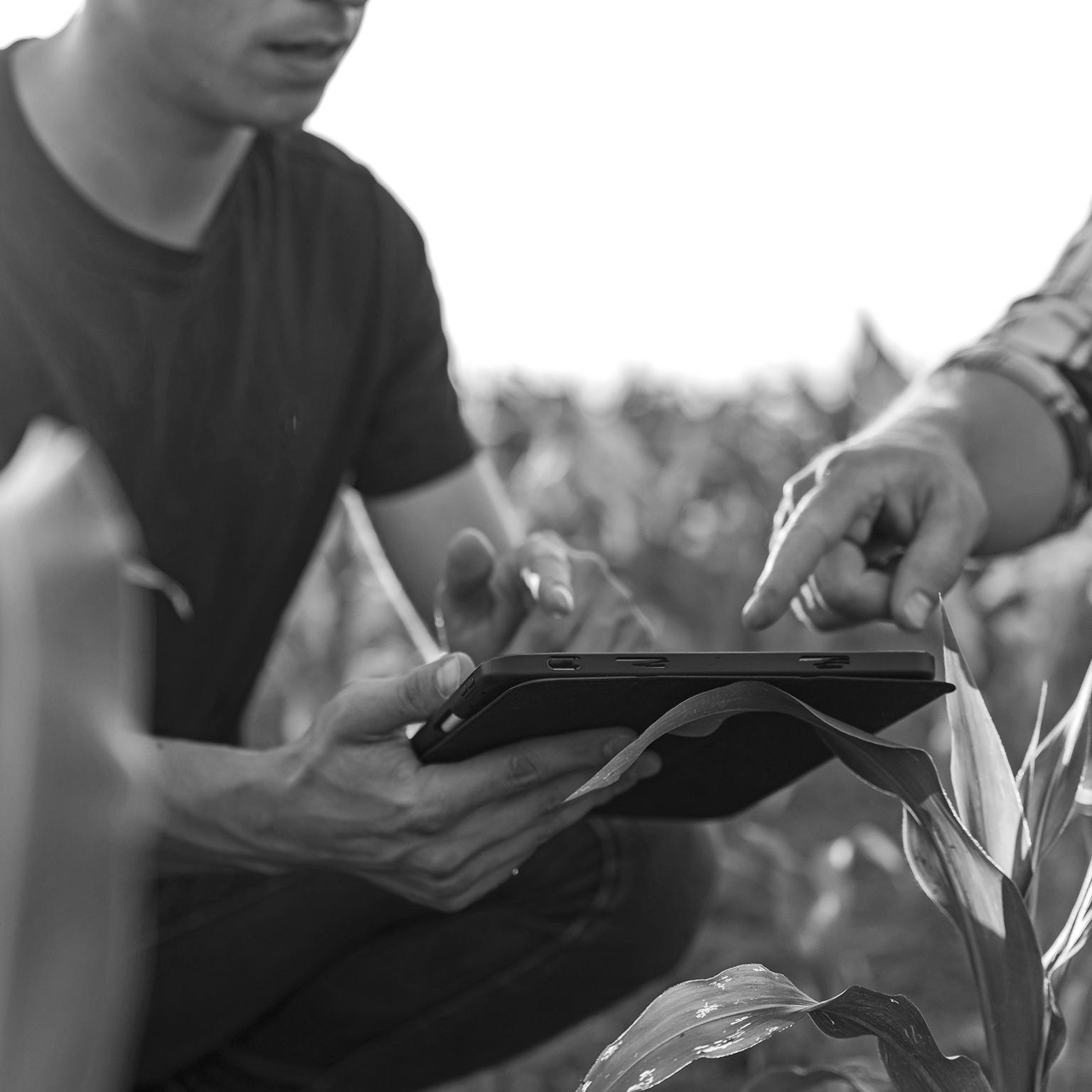
Farmers worldwide are navigating challenges such as increased input prices, extreme weather events, and commodity price volatility. Given the current macroeconomic environment, the priority for farmers today is improving productivity, whether through agriculture technologies (agtech) for improving operations, biological products, or sustainable practices. This report offers insights for organizations collaborating with growers, outlining strategies that could deliver more-personalized products and services to boost productivity and seize emerging opportunities.
Since 2018, McKinsey has surveyed and interviewed thousands of farmers around the world to better understand their views. In the first quarter of 2024, we interviewed about 4,400 farmers in Europe (France, Germany, and the Netherlands), India, Latin America (Argentina, Brazil, and Mexico), and North America (Canada and the United States) (see sidebar, “Survey details”). This effort follows a global survey we conducted in 2022.
The survey covered five main areas: farmers’ views of profit risks and opportunities; farmers’ outlook on future profits; adoption of sustainable practices; adoption of products and technology; and purchasing channels and main influencers on the purchasing journey. We summarize the survey’s key takeaways below.
What this means for serving farmers
Organizations providing technology and services to farmers have an opportunity to expand their impact in these challenging times with solutions tailored to individual farmer needs and differing geographic contexts. Their opportunities include the following.
Partnering with farmers to manage volatility
Agriculture players could continue to think creatively about ways to partner with farmers on risk management. For example, they could help farmers capture emerging opportunities by offering products and services to navigate volatile crop prices, such as hedges in places where they are less popular. In addition, they could market products focused on multiyear farming transitions, including assisting farmers that are adopting new practices or shifting geographic footprints to find climatic conditions more suitable to their crops. There is also room for innovation in areas such as scaling climate risk value pools, including insurance, and launching new weather-adaptable products (for example, crop varieties and irrigation practices).
Helping growers realize the financial benefits of adopting sustainable practices
Farmer-facing organizations could help farmers capture the financial benefits of adopting additional sustainable agriculture practices. For example, they could do the following:
- Identify opportunities to bridge the gap between untapped consumer demand for sustainable products and farmers who are on the verge of achieving a positive ROI from adopting more-sustainable farming practices, recognizing that this effort requires coordination across the entire value chain.
- Help growers understand and take advantage of available public and private sector monetization opportunities for greenhouse gas reductions, biodiversity, and other sustainability programs.
- Align commercial offers (products and advisory services) with the requirements of sustainability programs—including potential support on data collection and monitoring, reporting, and verification.
- Continue to offer education and specific ROI-focused data to help growers understand the full balance sheet effects of changing practices.
Emphasizing ROI-centric solutions
It is conventional wisdom that farmers will adopt products and services that offer two to three times ROI. Yet growers report a persistent gap in understanding the ROI of new products and solutions, including a lack of quality data, compelling value propositions, and clear communication. There continues to be an opportunity for providers and resellers of inputs, digital solutions, advisory services, and hardware to demonstrate the ROI in a clearer way that would make them easier for farmers to adopt.
Deepening relationships with channel partners
The role of the distributor is as important as ever. Farmer-facing organizations, especially integrated distributors, continue to hold a privileged position, with outsize influence and insights into farmers’ decision making. Simultaneously, they can tailor their communications to where farmers are in their journey, including offering digital tools for providing services and repurchase. Survey results suggest this channel will continue to be the most efficient outlet to introduce new products and technologies, influence practice adoption, provide grower education, collect data, and connect players across the value chain.
This year’s survey underscores the complex landscape that farmers globally must navigate, adapting to risks from increased input prices and extreme weather while striving to increase productivity. Farmer-facing organizations have a pivotal role to play in supporting farmers by offering tailored, ROI-centric solutions, fostering sustainable practices, and using digital tools to help deliver a resilient and profitable future for farmers worldwide.
“Our firm is designed to operate as one—a single global partnership united by a strong set of values. We are equally committed to both sides of our mission: attracting and developing a talented and diverse group of colleagues and helping our clients create meaningful and lasting change.
From the C-suite to the front line, we partner with clients to help them innovate more sustainably, achieve lasting gains in performance, and build workforces that will thrive for this generation and the next.”
Please visit the firm link to site


